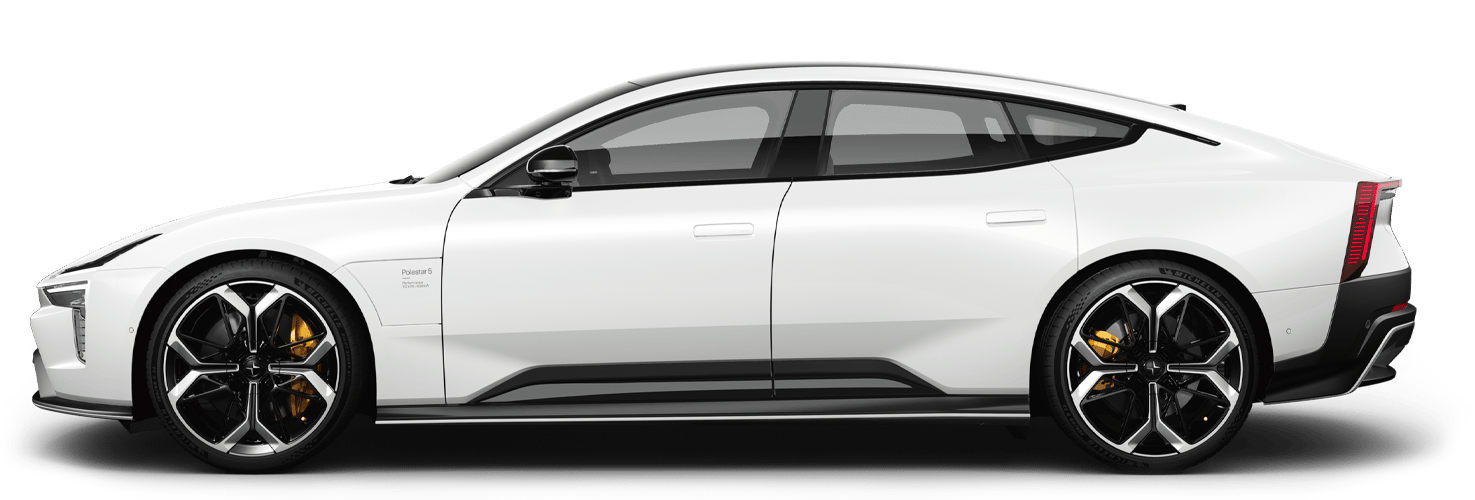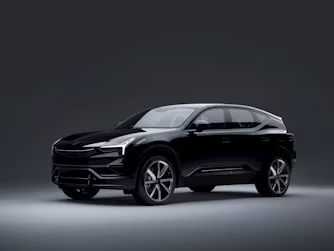How leather has endured centuries of changing times, trends, and demands
Leather is one of the most premium materials out there, known for its durability and graceful ageing. It’s not as widely known for its sustainability credentials. James Muirhead, an eighth-generation member of the family-owned Bridge of Weir, lets us in on the conscious processing of some of the world’s finest leather.
The ancient practice of recycling
Recycling isn’t a new phenomenon. In ancient societies, craftmanship and recycling of materials went hand-in-hand as a way to conserve and enhance resources. Some of the earliest recorded examples include recycling paper in ancient Japan and metal in ancient Rome.
Modern-day recycling, on the other hand, is the reaction to our society’s low-quality, mass-consumption mentality, which has generated heaps and heaps of waste. The realisation that recycling would prevent some of it from ending up in landfills prompted many countries and organisations to invest in recycling opportunities.
The century-old premium leather manufacturer Bridge of Weir is more into the old-school approach to recycling and has been since being established in 1905. At Bridge of Weir, animal hides are repurposed, and leather making is a cherished craft.
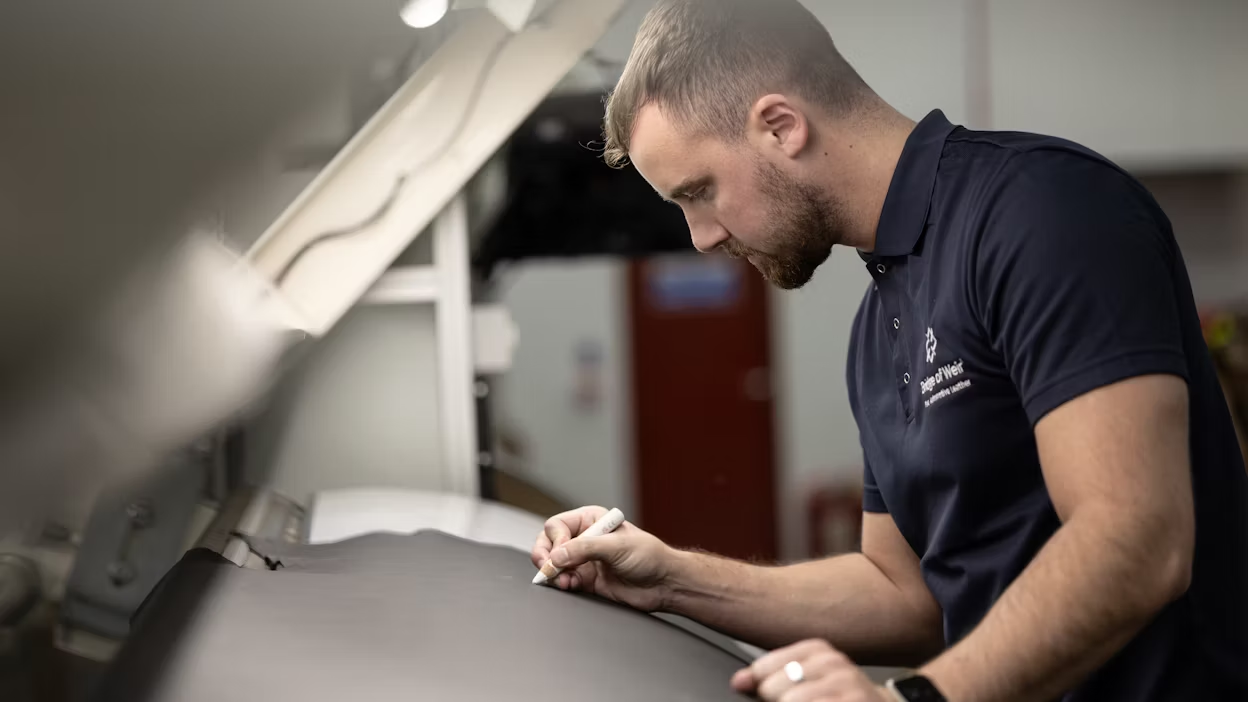
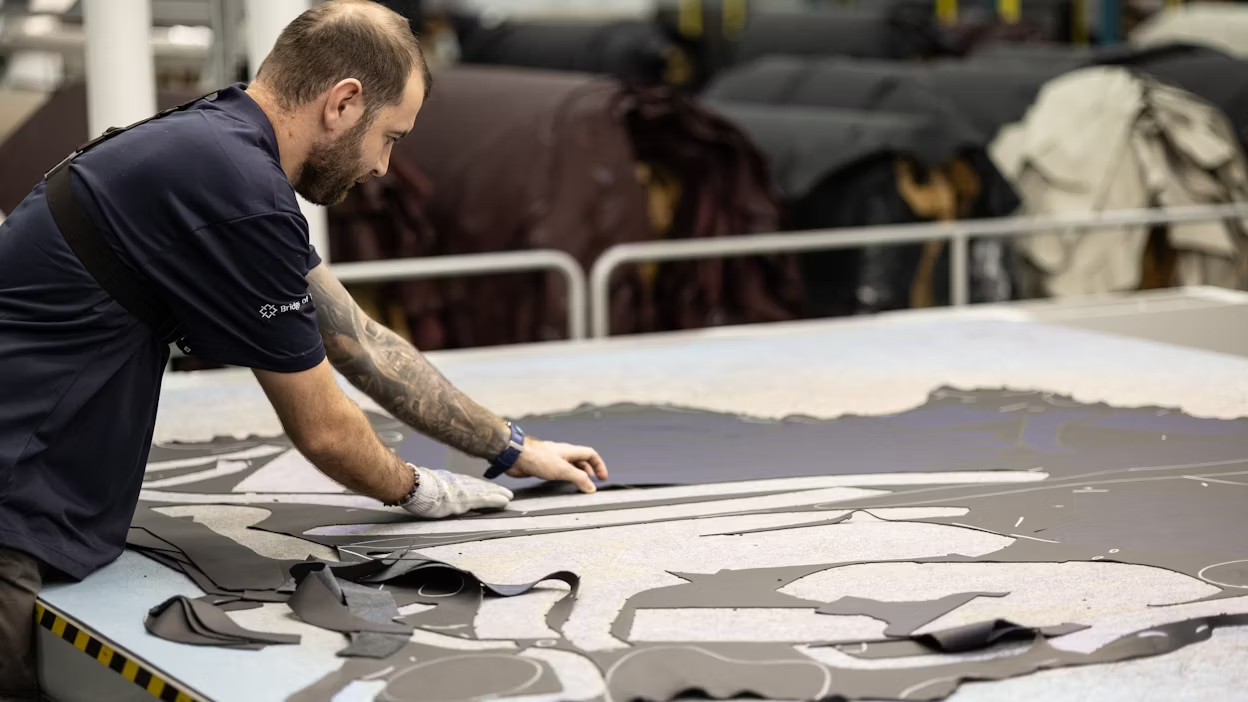
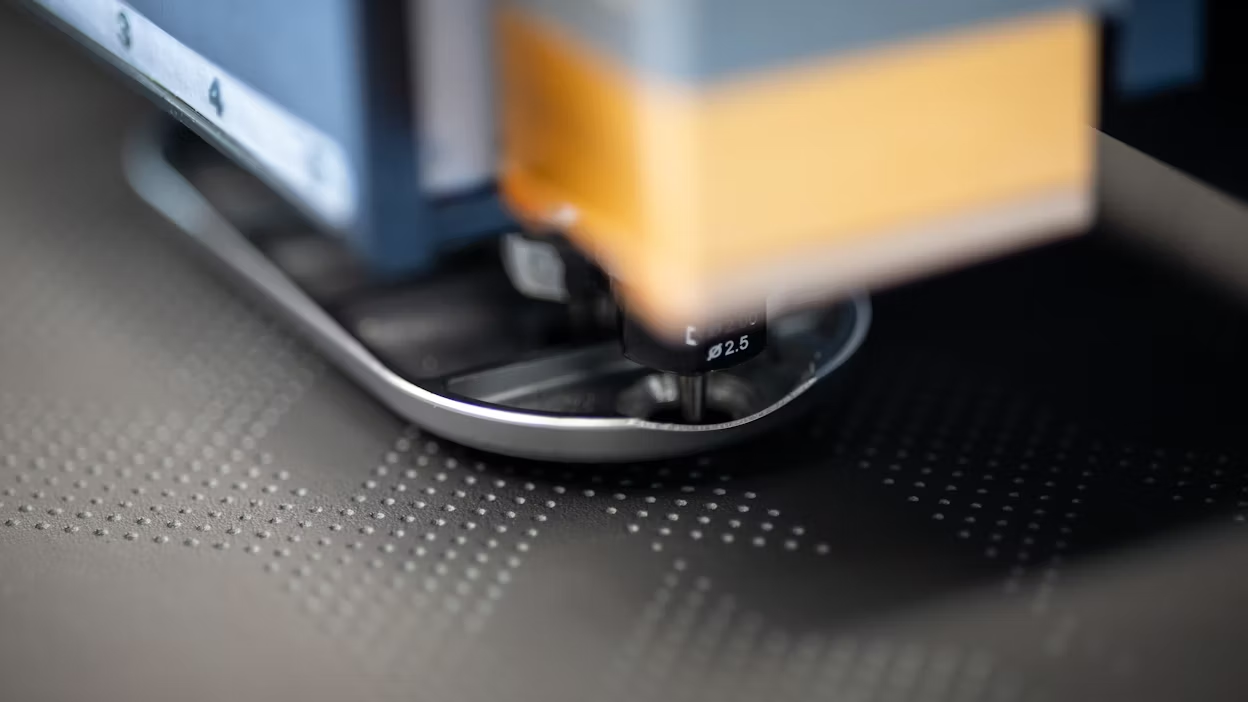
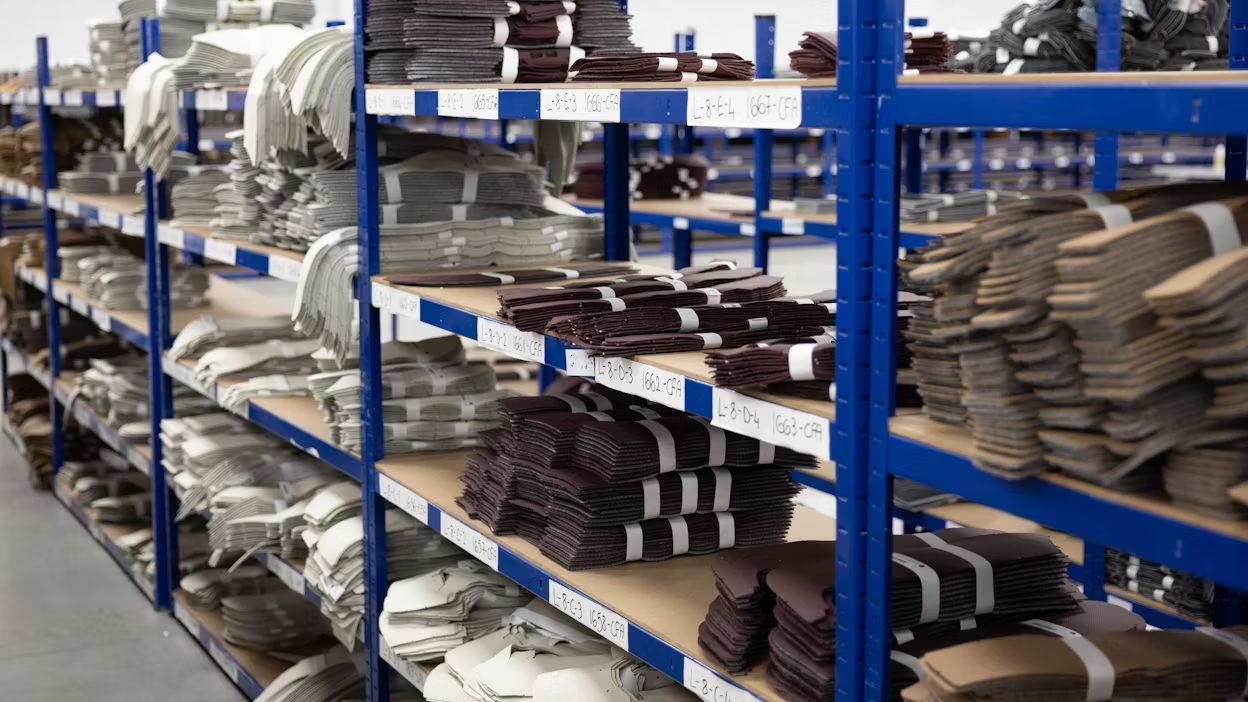




01/04
Essentially, we are in the business of upcycling. We take care of animal hides that would otherwise go into landfills, add value to the material, and repurpose it as leather.
The intersection between conscious and premium
Located just outside the eponymous town in the west of Scotland, Bridge of Weir produces some of the world’s finest leather to exacting standards. For James Muirhead, Sales Director for Automotive and great-grandson of Arthur Muirhead, founder of Bridge of Weir, sustainability and luxury are important ingredients.
“Over the years, we have honed and perfected the craft in terms of more sustainable manufacturing and premium leather making. Our commitment to sustainability only helps that luxury element of our leather by use of locally sourced materials, water from a nearby loch, and energy from our thermal plant,” says James.
At Bridge of Weir, conscious processing is an important part of their business. But for others, leather and transparency might not make such an obvious partnership. For the doubters, we asked James to explain why leather can be a more sustainable choice of material.
“Essentially, we are in the business of upcycling. We take care of animal hides that would otherwise go into landfills, add value to the material, and repurpose it as leather,” James explains.
Addressing the misconceptions around leather, James continues, “I know there are a lot of mistruths circulating about leather. For instance, it’s not seen as a by-product of the meat industry, when in fact it is.”
You can read more about the company’s patented circular manufacturing process in our previous article.

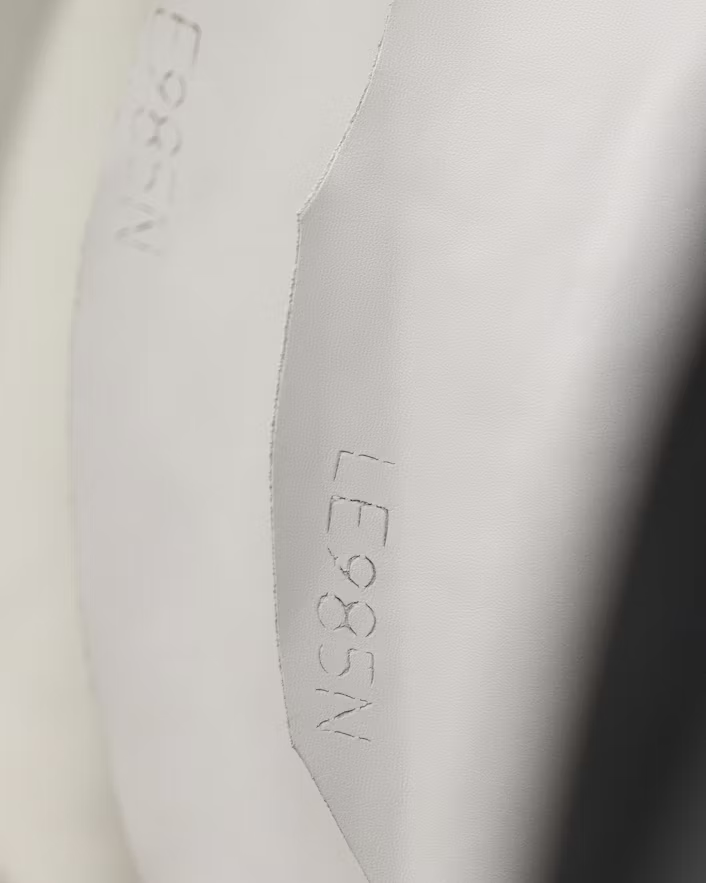
Consumers are not taking ‘I don’t know’ for an answer
In recent years, transparency has become increasingly important to businesses and consumers. Consumers are increasingly holding businesses accountable for their “green” claims. For businesses, it’s an apt opportunity to hold themselves accountable and a means to combat potential public misconceptions with facts and numbers.
Beyond conducting impact analyses and sustainability reports, Bridge of Weir has an open-book policy that welcomes debate, curiosity, and inquiry from partners and other interested parties. “We always welcome our partners to come here and follow the process from the field through to the cut part. It’s part of our open-book policy,” James emphasises.
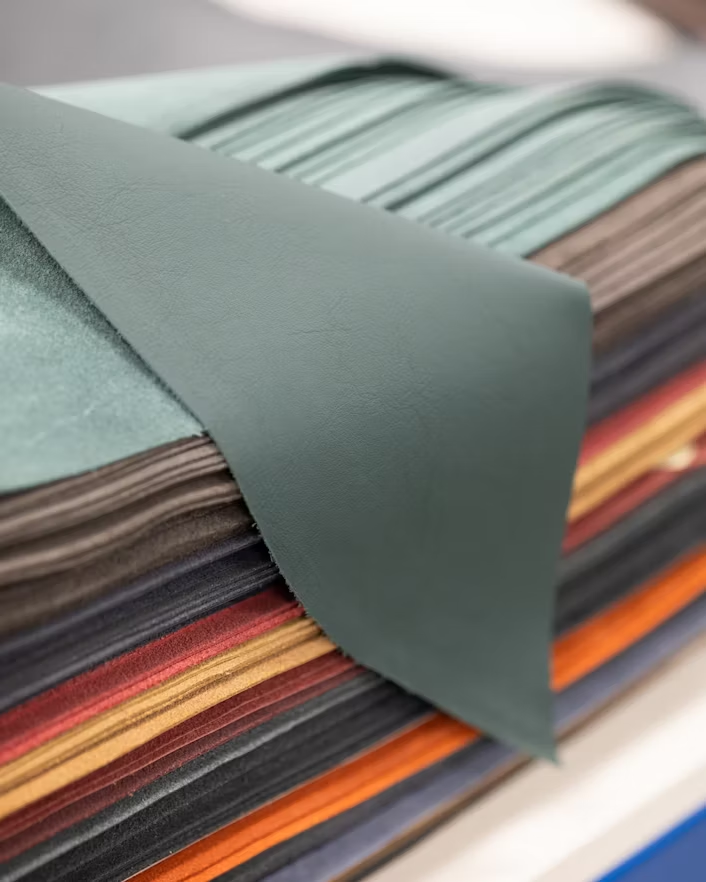
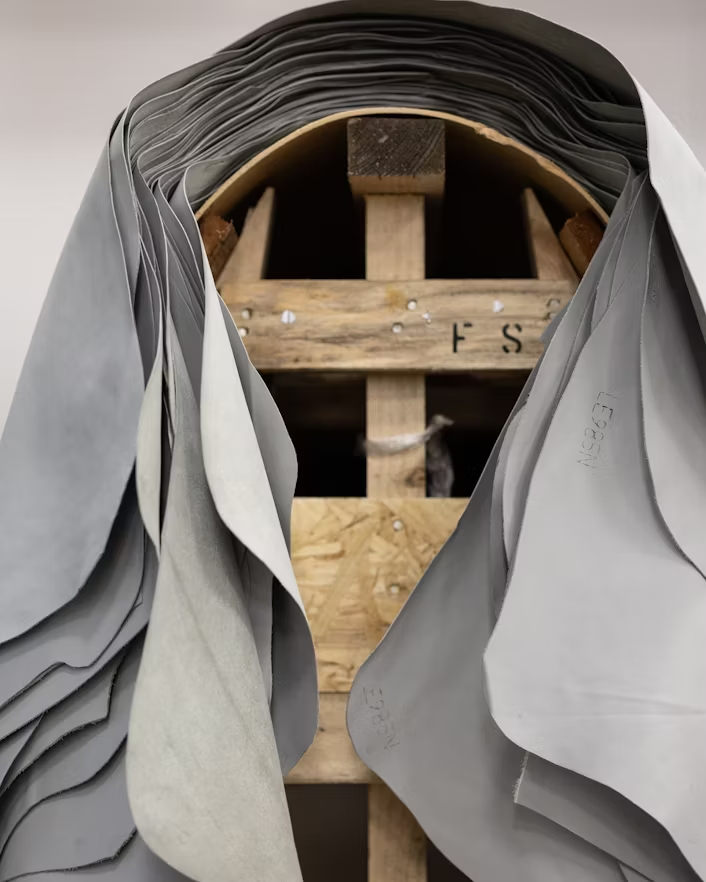
The right to choose
LCAs are not only handy for debunking myths and misconceptions but also for comparison between suppliers. The benefits of being able to compare manufacturers are one of the main reasons Polestar has called on the automotive industry to report all their carbon numbers. Consumers should have the tools to make informed choices. This also applies to the materials business.
Traditionally, leather has been the go-to material for car upholstery. As times changed, so did the mix of plastic polymers in the competing synthetic materials. Looking to the future, James thinks there is a place for both types of materials in the world, natural and synthetic. If they can be manufactured in a way that shows consideration for the animals and the environment.
“I think people deserve a choice regarding what type of material goes into their vehicles. It’s just a matter of being able to compare materials both in terms of sustainability and durability,” James comments.
At Polestar, we believe in more sustainable choices. That’s why we offer our customers a choice of traceable, chrome-free, and animal welfare secured Nappa leather, bio-attributed MicroTech vinyl, or animal welfare-certified wool for their Polestar 3 upholstery.
Only the best materials, with transparent origins, for our customers.





